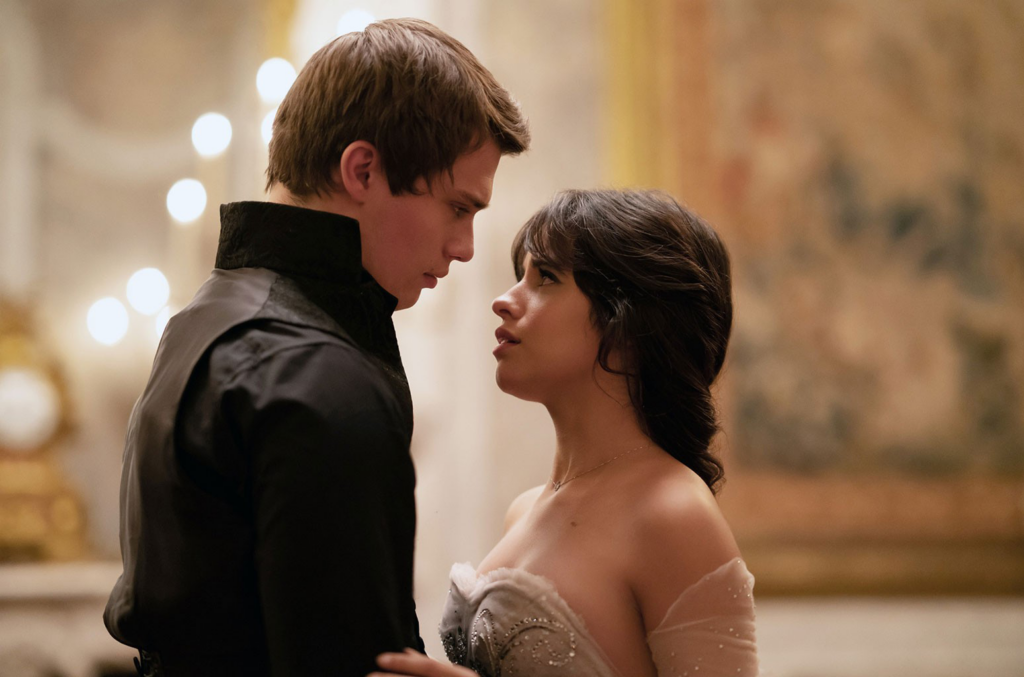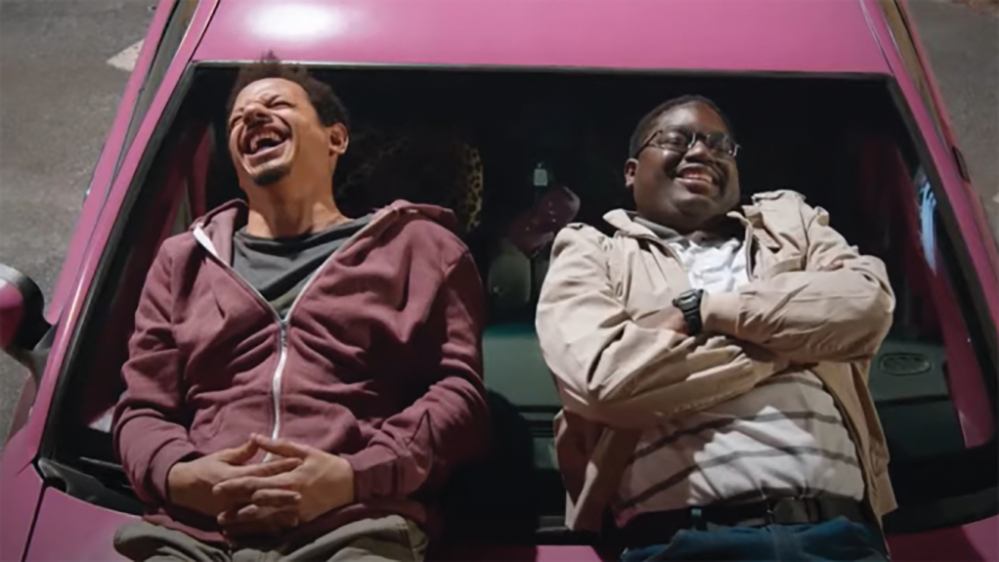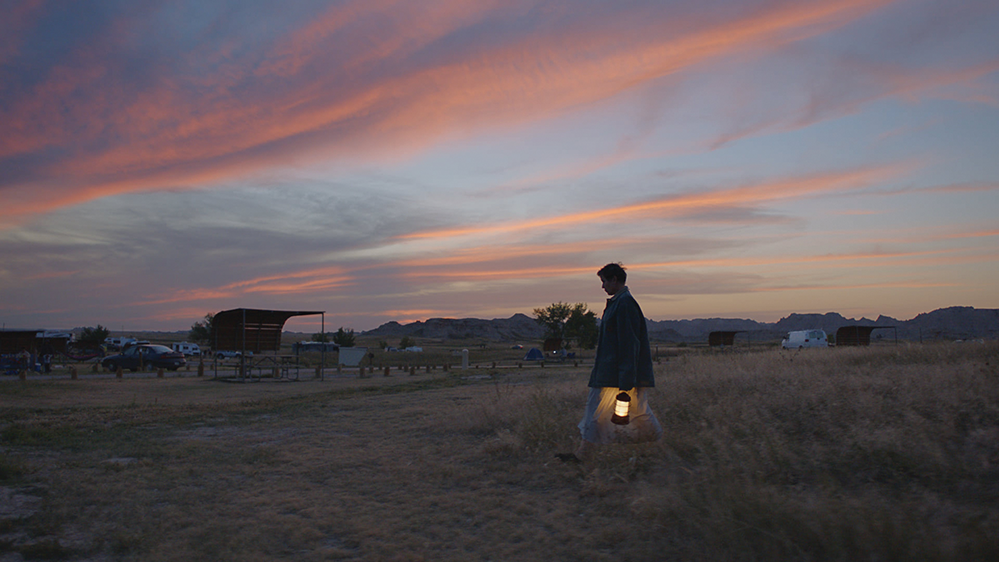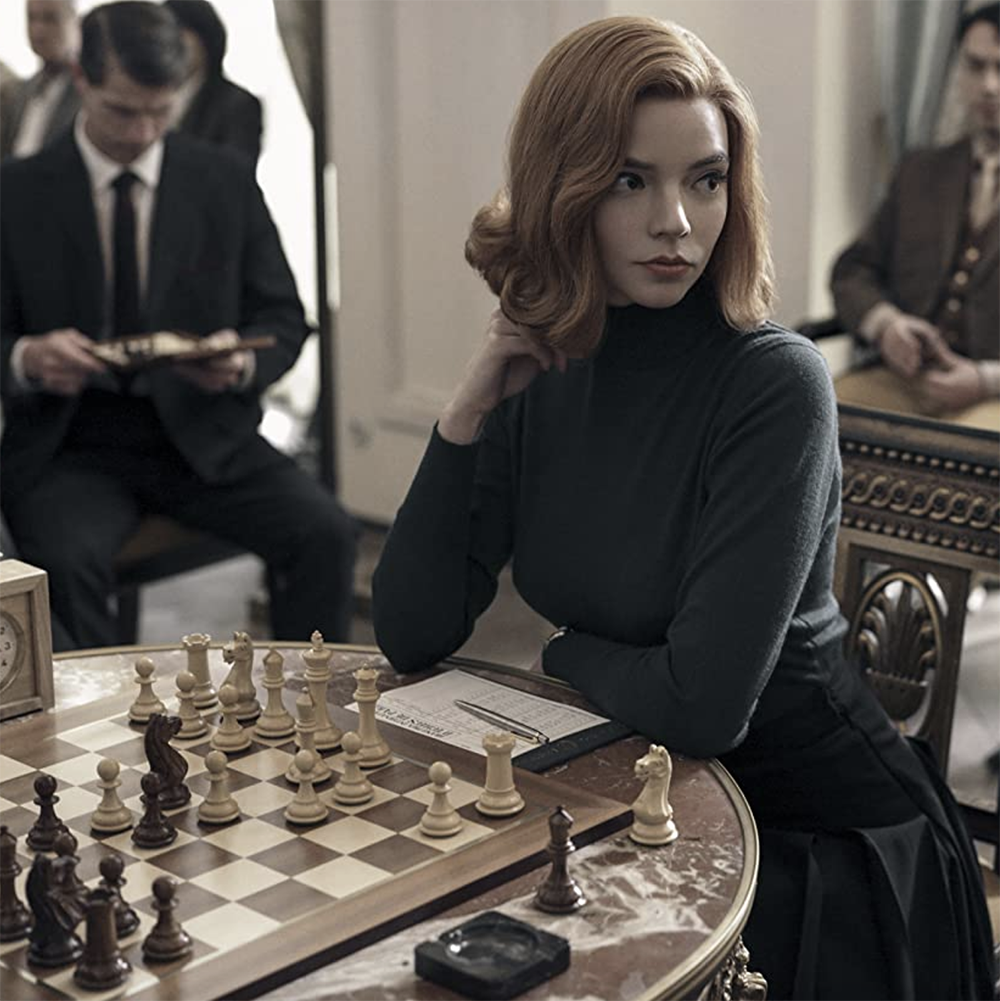At first glance, film noir may appear as little more than simple crime thrillers best suited for numbing distraction on a rainy day, further challenged by those turned off by the heavy themes they often contemplate. However, film noir is, in reality, culturally and historically relevant because it articulates what is widely understood yet largely left unsaid.
In 1941, Warner Bros. changed cinema forever by releasing “The Maltese Falcon.” The film marked a shift in popularity for the film noir genre, establishing many of the trademarks associated with the genre today. Featuring an imaginative plotline, newly explored themes such as disillusionment and alienation and a largely unproven cast and crew, “The Maltese Falcon” demonstrated a departure from the largely predictable conventions of Hollywood’s golden age.
Despite a rushed production schedule and tight budgeting, the film garnered resounding acclaim and springboarded the legendary careers of actor Humphrey Bogart and director John Huston, two of the biggest names in film noir and American film in general during the mid-twentieth century. For the first time, audiences were confronted with the unspoken implications of a reality rife with moral corruption and ambiguity. A new era of gritty, dark crime dramas had reached the public.
“The Maltese Falcon” did not invent film noir, however. The classic film noir era, spanning from the 1940s to the late 1950s, was defined retrospectively in the 1970s to categorize the uniquely stylized Hollywood melodramas produced at the time.
These films drew inspiration from the hard-boiled pulp magazines like “Black Mask” that were popular during the Great Depression. The cynical urban underworlds envisioned by authors like Dashiell Hammett and Raymond Chandler resonated with those readers who questioned the standard models of happy families and white picket fences suggested by the mass media. Studios adapted these no-nonsense stories for the screen, where dark shadows and thick plumes of cigarette smoke obscured the nuances between right and wrong.
Though studios were primarily concerned with making a profit, the release of “Double Indemnity” and “The Big Sleep,” among many other film noir classics throughout the 1940s, elevated film noir as a platform for pop culture commentary. During this time, film noir became much more than cheap entertainment.
These films were important because they directly acknowledged the tumultuous change and social tension sweeping the nation in the aftermath of World War II. The struggle for postwar normalcy was complicated by lasting impressions of moral ambiguity, toppling traditional familial hierarchies and lingering fears of nuclear war. Filmmakers captured the American subconscious in this context by reflecting this collective sense of fatalism and disillusionment in the pictures they produced.
Then, suddenly, in the late 1950s, the film noir movement fizzled out. The development of colorized home television and demands for more optimistic storytelling associated film noir with a bygone era as far as audiences were concerned.
Though the genre was dormant throughout the 1960s, Roman Polanski resurrected the film noir tradition in 1974 with the release of “Chinatown.” Amid a resurgence in public skepticism spurred by conflict in Vietnam, the Watergate Scandal and ongoing Cold War tensions, Polanski sparked a new subgenre, dubbed neo-noir, which embodied the classic noir spirit of doom and gloom without the old-fashioned fedoras and corny dialogue.
From the 1982 science fiction cult classic “Blade Runner” to more modern examples that highlight a potential resurgence in the genre such as the 2014 thriller picture “Nightcrawler,” neo-noir films continue to grapple with the latest anxieties that plague society with the same ominous cityscapes and brooding antiheroes. Those subtle themes that tie the hardboiled tradition together insist the world is not as perfect as many care to admit.
These movies cover topics ranging from the struggle for civil equality to the moral decay of communities with the gravity they deserve. These issues impacted those living in the 1940s and remain pertinent today. By reflecting on contemporary social anxieties, film noir challenges viewers to grapple with the trials of change or otherwise face the consequences endured by those fictional yet eerily realistic characters depicted on the screen.
Tucker Oberting is a rising senior in the College. The Reel Deal appears online every other week.















